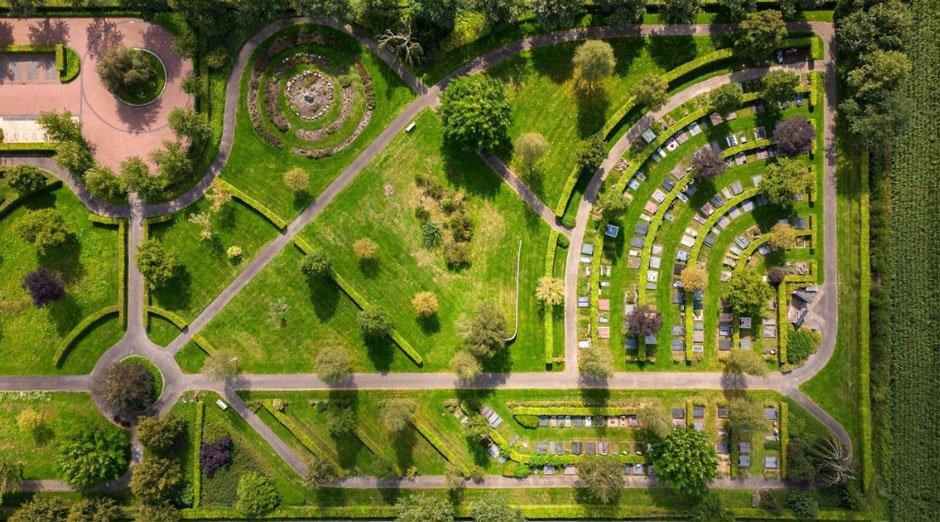The Top 10 Technological Marvels of Our Time

In our modern era, we have an abundance of technological marvels at our fingertips. We now have robot vacuum cleaners, video phones, and 3D printers that were once considered science fiction just two decades ago. However, despite their seemingly groundbreaking nature, many of these innovative devices have existed for much longer than perceived. By examining history closely, we realize that numerous contemporary technologies were conceived ages ago. It is imperative to recognize and appreciate this, as these tools have now become an integral part of our daily lives.
What are the Marvels of Technology?
These are awesome-inspiring inventions that revolutionize how we live. They are products of our ever-evolving understanding of science and engineering, bridging the gap between what is thought to be impossible and possible.
However, there are also less visible technological advancements, like VPNs, that are just as important. If you want to watch Voot in the USA or surf the Internet safely, you need a good VPN. Yes, it’s not talked about very often, but VeePN is essential in a world that is increasingly dependent on technology. Even a free trial will be enough to evaluate the capabilities of the service.
What are the 10 Engineering and Technological Marvels of the World?
#1 3D Movies
Filmmakers and theaters have embraced making 3D movies popular since James Cameron’s release of Avatar in 2009. Although audiences have openly expressed their disinterest in gimmicky stereoscopic experiences and increased ticket prices, the history of 3D movies stretches back much further. The 1950s marked the golden age of 3D, captivating post-war audiences who were receptive to new technologies. During this time, horror movies, in particular, gained immense popularity.
However, to truly trace the origins of 3D movies, we must go back to 1922 and the film The Power of Love. It was the first-ever movie to utilize anaglyph glasses, employing the red/cyan color scheme we are familiar with today. Although the original print of this film has aged and faded significantly, reports suggest that the experience was not far off from what we have now.
#2 NASA’s James Webb Telescope
Building the successor, the Hubble Space Telescope, took over two decades and cost a remarkable $9.7 million. This extraordinary upgrade boasts an aperture and mirrors nearly three times larger in radius. Since February, its captivating images have seized the attention of all.
Notably, this advanced telescope delves deep into fields of embryonic stars, offering a glimpse 13 billion years into the past at primordial galaxies. It directly observes exoplanets, unraveling the birth and assembly of stars and galaxies from basic matter—a depth that the Hubble could merely glimpse.
#3 Electric Cars
Electric cars, such as the Nissan LEAF, Chevy Volt, and Tesla Model S, may seem like a recent innovation, but they have been around for about 200 years. In the early 19th century, inventors from around the world created various versions of small-scale electric vehicles. One of the earliest electric cars released in the U.S. was a six-seater passenger car in 1890, capable of cruising at speeds of approximately 14 miles per hour.
Within a decade, electric vehicles outsold gasoline-powered cars by a ratio of 10 to 1. They were considered superior due to their absence of gear shifting or hand crank engines. However, as the U.S. infrastructure improved, people desired the ability to go on longer road trips which only gasoline-powered cars could achieve. Additionally, with the discovery of abundant and cheap Texas crude oil, cars like Henry Ford’s Model T became more appealing to consumers.
#4 The Brick Bot
The Semi-Automated Mason machine (SAM) created by Construction Robotics is set to revolutionize the masonry process. SAM100 aids in constructing large, linear stretches of brick façade, freeing masonry professionals to tackle unique details and other tasks on the site. Each brick is assigned a number and location, and precise mapping software ensures the accurate placement of bricks. This automation enables the design of intricate patterns across the façade.
#5 Touchscreen Drafting
Microsoft’s latest hardware launch is bound to have stirred up Apple’s headquarters in Cupertino. The Surface Studio surpasses the latest iMac in catering to architects and engineers, featuring a versatile touchscreen display that effortlessly converts into a digital drafting board. Complementing these features are the responsive stylus and the Dial, a sleek cylindrical controller designed specifically for the Surface Studio. This innovative computer has the potential to revolutionize the creative industry.
#6 Virtual Reality
AU showcased a remarkable array of virtual reality experts, such as IrisVR and Autodesk’s proprietary system. This system pairs Lenovo hardware with Autodesk’s formidable Stingray gaming engine. The latest software boasts dual functionality. It allows clients to experience projects in an immersive manner while empowering designers to actively manipulate and create within the virtual space. This opens up unlimited collaboration possibilities among design team members.
However, such close interaction with technology did not go unnoticed and hackers also had a hand in it. The simplest solution is a free VPN for Edge by VeePN for PC, but there are software options for other platforms. However, cyber protection must be multi-layered and VPN is only part of this defense in depth.
#7 Touchscreen Drafting
Microsoft’s recent hardware launch has undoubtedly put Apple’s Cupertino headquarters on edge. The Surface Studio surpasses the latest iMac in terms of functionality for architects and engineers, featuring a full touchscreen display that seamlessly converts into a digital drafting board. Accompanied by the ultra-responsive stylus and the specially designed Dial controller, Microsoft’s creation has the potential to become the preferred computer for creative professionals.
#8 Site Scanning With Drones
Drones will soon be the go-to tool for site surveys. Companies like Topcon and 3D Robotics have revolutionized unmanned aerial vehicle (UAV) technology, capturing highly detailed 3D models using high-resolution photography. At AU, 3DR Site Scan empowers architects and surveyors to effortlessly capture site conditions and seamlessly import the data into popular applications like Revit, Recap, Civil 3D, and Infraworks 360.
#9 Ultra High-Res Aerial Photography

Google Earth Pro becoming free was a significant moment, praised by architects. It introduced a new medium for exploring sites and contextual analysis, which proved invaluable for the initial stages of a project. However, Google’s competitors are now taking it up a notch – Nearmap offers more up-to-date imagery, CAD program integration, and sliders for instantly observing site changes over time. This app is an essential tool for site planning, project development, and marketing content, featuring aerial images of extraordinary resolution.
#10 Self-Charging Gadgets
Exeger, a Swedish company, has developed a compact and flexible version of solar cells that enables gadgets to charge themselves. These solar cells, known as Powerfoyle, are an upgraded version of dye-sensitized solar cells, incorporating titanium dioxide instead of fragile and expensive silicon panels. Titanium dioxide is a readily available material found in white paint and donut glaze. Moreover, Powerfoyle’s electrode is 1,000 times more conductive than silicon. It can also be printed to resemble brushed steel, carbon fiber, or plastic, offering a range of customizable options.
Conclusion
Even the technologies we are familiar with are real miracles, we just don’t treat them that way. Just 5-10 years ago they were on the verge of fantasy, and now in the 21st century, all this has become a reality. Check yourself, what are some great engineering marvels?



